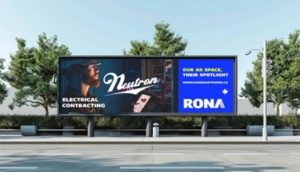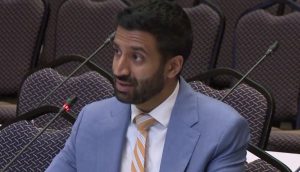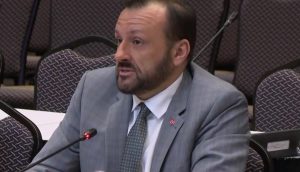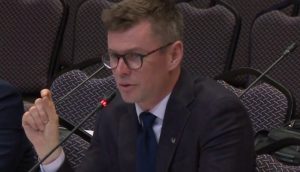
Metrolinx’s new campaign is adding cinema to its typical media mix. The GTA transit agency – which normally leverages OOH, digital and social media for its campaigns – wants to take advantage of “captive” family moments (such as movie outings) to engage with parents and promote its Kids Go Free transit ride program.
The “Screen Time” campaign includes 15- and 30-second films designed for social media and cinema, supported by OOH/TSA messaging and targeted digital ads. Overall, the campaign highlights how appealing train travel can be for families and how Go Transit has positioned itself as a “new kind of screen time,” attracting an audience of parents, but also children who are fascinated by trains.
“We’ve leveraged a mix of cinema, OOH and digital media tactics to create a seamless, multi-touch narrative for family audiences,” says Sharyn Byrne-Nearing, VP of marketing for Metrolinx.
Byrne-Nearing tells MiC that cinema offered a unique opportunity to engage with parents and children while enjoying a shared experience. “With family-friendly films dominating the winter lineup, especially during holiday breaks, we saw it as the perfect moment to connect with families when they’re already in family mode,” she says.
Cinema was also a good platform to show parents a new shared experience (riding a Go Transit train), where children can disconnect from screens and immerse themselves in the world on the other side of the window – especially at a time when adults are looking for options to reduce their kids screen time, Byrne-Nearing says.
By leveraging OOH, the team also ensured the campaign would be seen exactly where families are likely to notice it – while on the move and making decisions about their next stop. Meanwhile, digital platforms provide precise targeting capabilities, which allowed the campaign to connect with families in specific regions or demographic segments. For a local service like GO Transit, Byrne-Nearing notes that this is important, as it allows the organization to target parents within the service area and position GO Transit as the ideal travel option for the season.
“Our approach to make sure parents encountered the campaign in multiple places: from cinema ads to transit posters, and even on their digital feeds – helped in creating a cohesive narrative and maximizing overall reach and engagement,” she says. “It was all about catching their attention at the right moment.”
Byrne-Nearing adds that the media mix helps Metrolinx promote its Kids Go Free program, as current awareness of the initiative is only 35%. she says campaigns like these can have an impact on ridership and fares, especially when supported with follow-up strategies. Byrne-Nearing says that while short-term ridership spikes are easy to measure, long-term effects, such as increased brand loyalty and stronger public perception, are more difficult to quantify but equally important.
PHD Media handled media planning, while Ogilvy Canada is the creative AOR.























